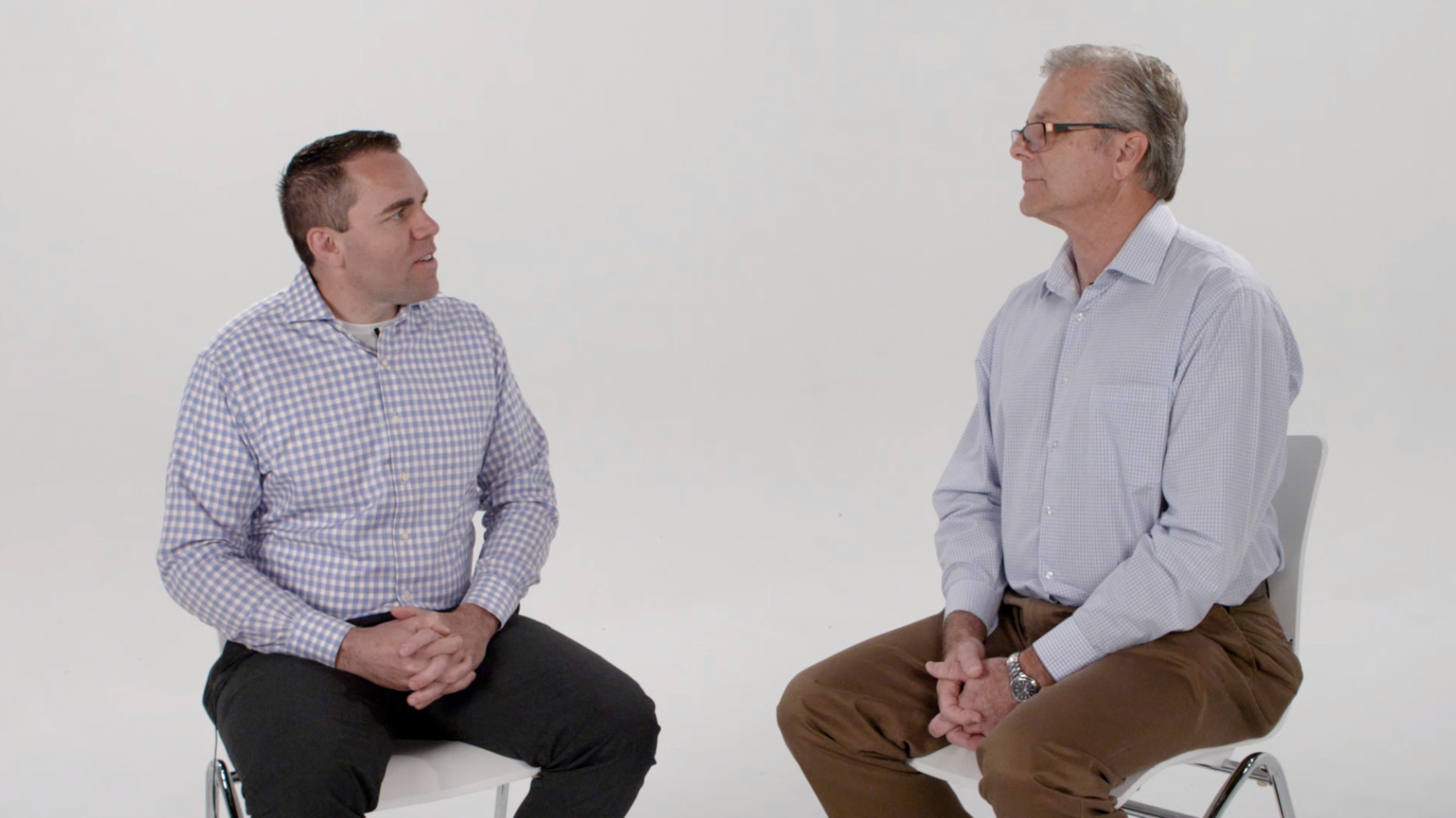5 Compelling Reasons to Rethink Social Security

Relying extensively on social security may not meet your retirement needs
When it comes to planning for retirement, Social Security benefits have traditionally been viewed as a safety net for many individuals. However, in recent years, there has been growing concern about the long-term viability and sustainability of the Social Security system.
As a result, it is becoming increasingly important for individuals to reconsider relying solely on Social Security benefits as a retirement plan. Here are five compelling reasons why you should not solely depend on Social Security as part of your retirement plan.
Uncertain Future
One of the key reasons to be cautious about relying heavily on Social Security benefits is the uncertainty surrounding the future of the program. The Social Security Administration has projected that the trust funds supporting the system will be depleted by 2034. While this doesn’t mean that Social Security will disappear entirely, it does suggest that future benefits may be significantly reduced. Depending solely on a benefit that might be subject to cuts or modifications is a risky proposition.
Demographic Challenges
The aging population is placing immense strain on the Social Security system. As baby boomers retire and life expectancy continues to rise, there is an increasing number of retirees relative to the number of workers paying into the system.
This demographic shift is expected to result in a decline in the worker-to-beneficiary ratio, potentially leading to reduced benefits in the future. Relying solely on Social Security benefits means exposing yourself to the risk of diminished financial support in retirement.
Inadequate Replacement Income
Social Security benefits were never intended to replace one’s entire income in retirement. The formula used to calculate benefits replaces a higher percentage of income for lower earners and a lower percentage for higher earners. For individuals with higher incomes or those who have invested in building substantial retirement savings, relying solely on Social Security benefits may not provide the financial security needed to maintain their desired standard of living. It is essential to consider other income sources and savings to supplement your retirement plan.
Rising Healthcare Costs
Healthcare expenses are a significant concern for retirees, and Social Security benefits alone may not be sufficient to cover these costs adequately. As medical advancements and inflation drive healthcare costs higher, individuals may find themselves struggling to afford necessary medical care and long-term care services. Planning for retirement should include provisions for healthcare expenses, which may necessitate seeking additional sources of income beyond Social Security benefits.
Lack of Control
Dependence on Social Security benefits puts your financial future in the hands of government policy and economic factors beyond your control. Changes to legislation, such as adjustments to the retirement age or modifications to benefit formulas, can have a substantial impact on the amount of benefits you receive.
By diversifying your retirement plan and not solely relying on Social Security, you gain more control over your financial destiny, allowing you to adapt to changing circumstances.
Your Financial Professional
While Social Security benefits can be an important part of retirement income, relying solely on them may not be sufficient to meet your financial needs.
Engaging the services of a financial professional can provide valuable expertise, tailored advice, and a comprehensive approach to retirement planning. By understanding your unique goals, creating a diversified investment strategy, managing tax efficiency, and providing ongoing guidance, a financial advisor can help you build a robust retirement plan that goes beyond accounting for Social Security benefits.
Investing in professional assistance today can set you on the path towards pursuing a confident and fulfilling retirement tomorrow.












